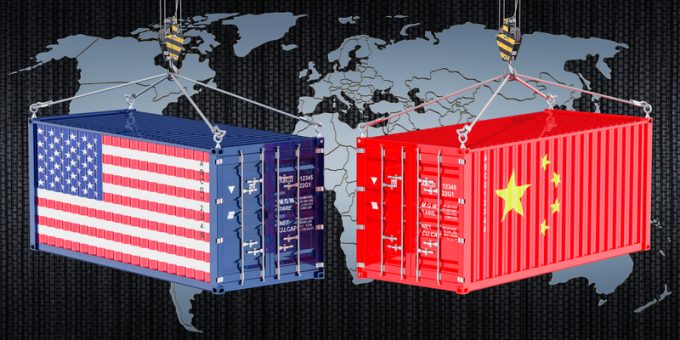WH: US Announces China Trade Deal in Geneva
US Announces China Trade Deal in Geneva The White House May 11, 2025 Secretary of the Treasury Scott ...

The US-China trade pact signed this week, described by the US president as “a monster of a deal”, may have halted the trading tariff spat, but logistics providers and their clients have no cause to change strategy.
In Phase 1 of the trade deal, the US ...
Predatory rivals circle as the ripples from DSV's Schenker buy widen
Latest Israeli attack on Iran a threat to box ships in Straits of Hormuz
DHL Express facilities in Canada forced to shut down by strike
Industry concerns rise after yet another box ship on fire off Indian coast
New Middle East conflict brings airspace closures, flight chaos and oil price worry
More legal trouble in India for MSC: feeder vessel detained after box ship disasters
Return of downward pressure on container spot freight rates
BYD launches logistics subsidiary – and eyes ports and shipping sectors


Comment on this article